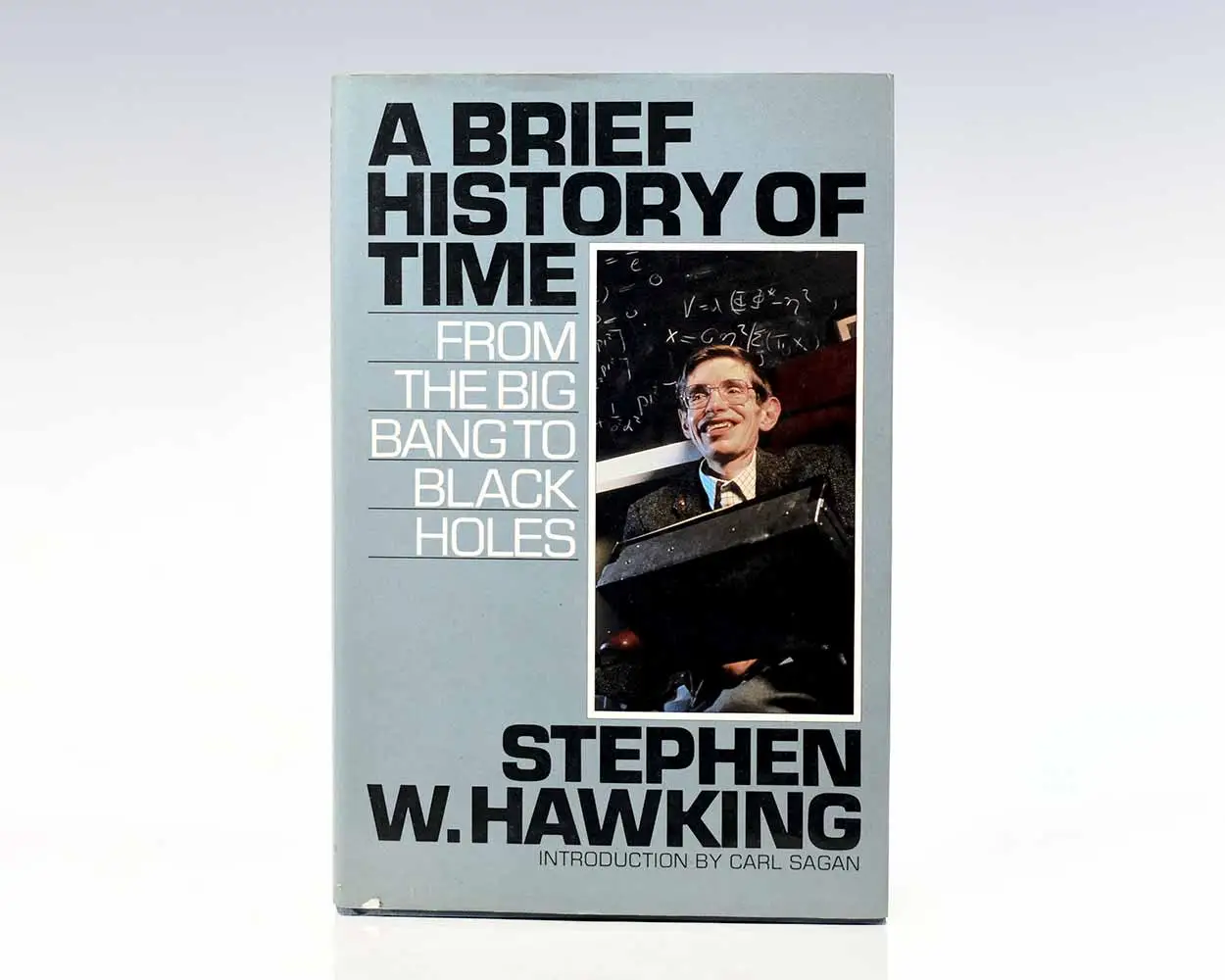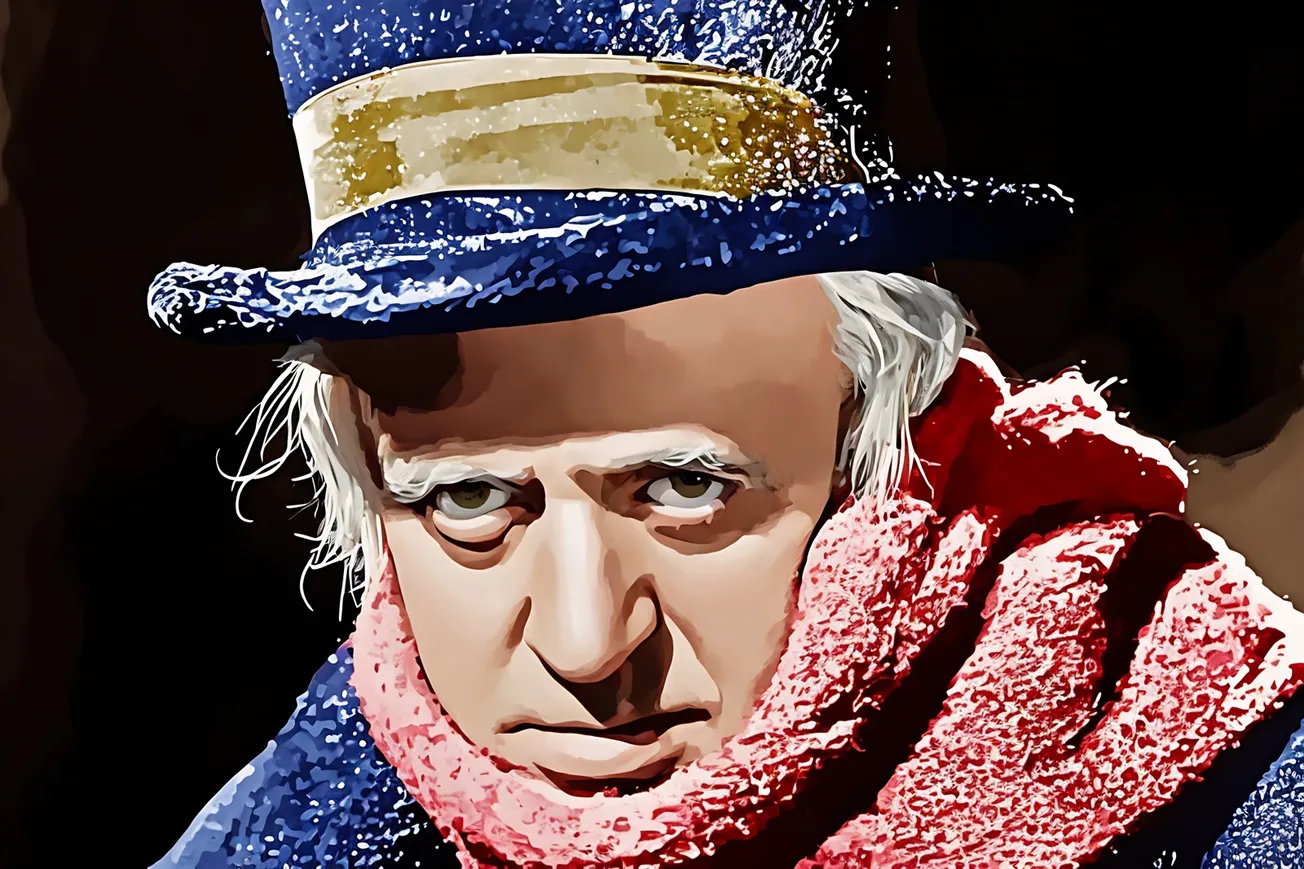Table of Contents
Tiger
Book Review: A brief history of time: from the big bang to black holes.
Stephen Hawking
ISBN 978-0-857-50100-4

This has been the most difficult book to write about. Why? Because I’m not sure I understood it. I do know that a man with a broken body and a brilliant mind attempted to provide an answer to mere mortals like myself, to the question, “What is time?”
As a young boy, I devoured science fiction books with all manner of stories and concepts from Arthur C Clarke and Isaac Asimov to the Time Lord (Dr Who) series. Later in life I’ve enjoyed science fiction movies, particularly now that the special effects have caught up with the demands of the stories.
Browsing a bookstore a while ago, I came across Stephen Hawking’s A Brief History of Time. Like many folks, I’m sure, I was aware of Stephen Hawking and his bestseller for years, but was never game to pick it up, thinking it was an academic type book. How wrong I was.
This book was on the Times of London bestseller list for 237 weeks, a record. Apparently, it has “sold one copy for every 750 men, women and children in the world”.
So what is the book about? Frankly, I’m not sure. But that’s the thing, it expanded my mind such that I am questioning how much I know, and it’s not a lot.
Hawking introduces to us, as best he can to the layman, concepts that pave the way for understanding the universe and the particles within it. He then describes how particles behave with gravitational forces. This all leads to black holes, the great consumer of matter.
The book starts with Aristotle suggesting the earth is round, moving to Copernicus, Galileo, Newton, Kepler and Hubble. All good up to that point. Elementary stuff. Then Hawking launches into light, particles and the speed thereof. Apparently, time changes at the speed of light (Contact, Event Horizon, Interstellar spring to mind). Reaching the speed of light for objects with a mass is impossible. Damn, so that rules out Star Wars’ “lightspeed” and Star Trek’s “warp speed” theories (as they’re fiction).
The first hint of the answer to “what is time?” is explained as being the inability to measure the distance light travels in space, although it has a finite speed. So to those of us who are informed in the sciences, that makes sense.
Hawking then goes on to explain what space is made up of: particles, gravity, theoretical particles, theories to explain why the universe is expanding from the “Big Bang”. Or not, as Hawking posits. He loses me here. No matter, I plough on, hoping that something sticks.
Then back to black holes, and the event horizon, the boundary where light just escapes the gravity of the black hole. At this point, I am lost, but curious as to where this is leading in the understanding of time.
After explanations of quarks, string theory, antimatter, toruses, dark energy and a myriad of other terms, the book gets more specific. Arrows of time are introduced: “There are at least three different arrows of time. First, there is the thermodynamic arrow of time, the direction of time in which disorder or entropy increases. Then, there is the psychological arrow of time. This is the direction in which we feel time passes, the direction in which we remember the past but not the future. Finally, there is the cosmological arrow of time. This is the direction of time in which the universe is expanding rather than contracting.” (p.164). Whew, that kind of makes sense.
The book is a must read to anyone curious about how we exist in a hostile expanding universe on a single planet with a past and a future and how we utilise energy to move forward. After all, it’s only energy dependent living matter that has a concept of time.
It’s the kind of book where each re-read would reveal further understanding of space and time. The title of course suggests it’s a brief history. I’d hate to think what a comprehensive history of time would contain.









